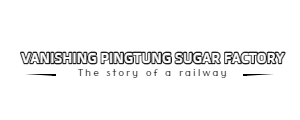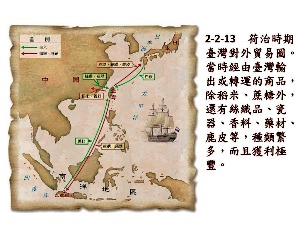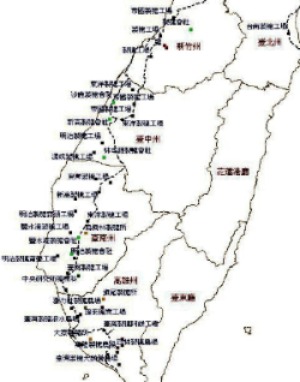Japanese rule
Japan had been an importer of the sugar industry until it acquired Taiwan, and has been importing Taiwan since the 17th century. When Japan first began to rule Taiwan, sugar production was still carried out by traditional sugar mills. Until December 1900, Taiwan Sugar Co., Ltd. was established, and the first new sugar factory in Taiwan, "Qiaozitou Sugar Refinery," was set up in Kaohsiung. Later, the production method of the sugar industry in Taiwan was changed.Before the establishment of the Taiwan Sugar Research Institute, the fourth governor, Taro Kodama, asked the visiting agronomy doctor Dr. Shinto Tozao to assist in investigating the sugar industry and sugar administration facilities in various countries. Inspect the sugar industry in Egypt and the Netherlands East India (Java Island). Dr. Shintodo was hired as the director of Taiwan's governor's property when he arrived in Taiwan.In 1901, he proposed the "Sugar Industry Improvement Opinion", which contains 7 points of improvement methods, 11 protection and reward schemes, and 14 suggestions for improving sugar facilities and institutions. On June 14, 1902, the "Sugar Industry Award Rules" was promulgated, and a provisional Taiwan Sugar Bureau was established to handle related matters.The "Sugar Industry Incentive Rules" are mainly composed of three measures: funding subsidies, ensuring raw materials and market protection. Funding subsidies are mainly for new sugar factories and provide subsidies for purchasing sugar-making machinery. After 1907 AD, it focused on revitalizing sucrose operations, providing fertilizer or subsidies for purchasing fertilizer,As well as subsidies for sugarcane seedlings and water conservancy projects; in terms of ensuring raw materials, the whole sugarcane cropping area is divided or designated as the raw material taking area to prevent sugar mills from overly setting up raw materials with each factory to affect the price of sugarcane. Cane farmers in the area without permission,Sugarcane must not be transported outside the region or used as a raw material for products other than granulated sugar; in terms of market protection, tariff barriers are used to protect the development of Taiwan's sugar industry. These policies have a great impact on Taiwan in the future.



















